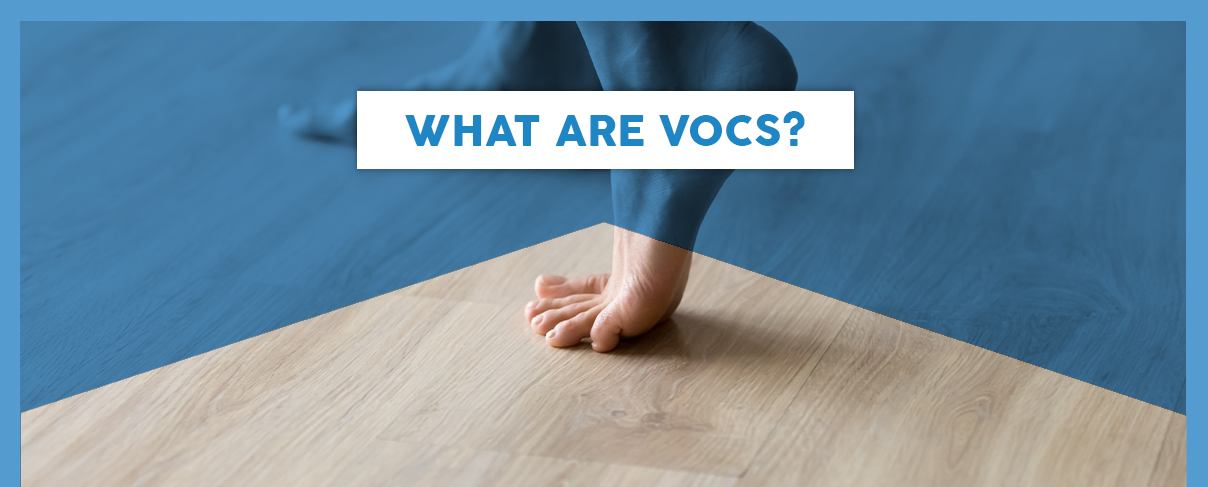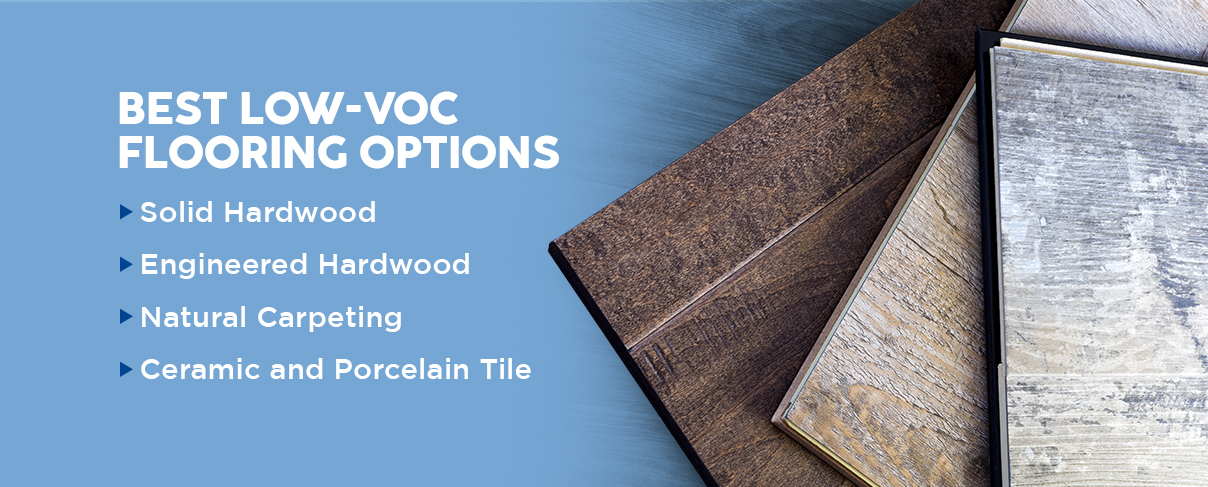

Volatile organic compounds (VOCs) are chemicals that exist within certain household products and building materials. Even though they occur naturally, they become harmful when they turn into a vapor or gas. They can spread throughout your property and reduce your home’s indoor air quality (IAQ). As a result, you and your family could have trouble breathing or suffer from other more severe symptoms.
If you’d like to create a healthier environment for you and your loved ones, consider the VOCs in your household products. VOC emissions from flooring can affect every room in your house without adequate ventilation. This guide will explain the benefits of low-VOC flooring to help you make a better decision the next time you install new floors.
Where Are VOCs Found?
Besides VOC emissions from flooring, your house may also have VOCs from the following home objects:
- Building and formaldehyde materials: You may find VOCs in building materials, such as paint, adhesives, caulks and varnishes, along with upholstery and foam in your furniture. Carpet and vinyl flooring also contain VOCs, and if you finish your hardwood floors, the finish might have formaldehyde in it.
- Home products: Read your household products’ labels to ensure they don’t have VOCs in them. Even though you use cleaners and disinfectants to keep you and your family safe, the chemicals could make you more likely to get sick. Watch out for VOCs in aerosol sprays, moth repellants, air fresheners and pesticides. Along with cleaners, you might have VOCs in your home if you have an attached garage where you store fuels and automotive products.
- Miscellaneous items: You may find VOCs in your office equipment and graphics and craft materials. If you have a home office, check for VOCs on the packaging for your printers and photocopiers.


Best Low-VOC Flooring Options
Besides increasing your home’s ventilation and reducing your use of products with VOCs, you can improve your home’s IAQ by investing in brand-new low-VOC flooring. Consider these flooring materials that can protect your family from harm:
1. Solid Hardwood
Solid hardwood flooring gives off a minimal number of VOCs in its natural state. You may want to put this material in your bedroom or main living areas because of its resistance to denting and damage. Besides being eco-friendly, natural wood flooring is aesthetically pleasing and can complement almost any home design.
You can choose from various durable hardwood species with unique wood grain patterns and colors. When you get your floors installed, make sure you use a water-based polyurethane finish that doesn’t have as many VOCs as its oil-based counterpart.
2. Engineered Hardwood
Engineered hardwood tends to have VOCs in its protective outer layer. After you install your new floors, the chemicals may last in the room for several months. However, you can ask your flooring specialist about their inventory of low-VOC engineered hardwood.
This material looks similar to natural wood, so you can also put it in your bedroom or living room. Since it’s moisture resistant, you can also install it in your basement, bathroom or kitchen. If eco-friendliness is more of a priority to you than durability, you may want to invest in solid hardwood flooring instead.
3. Natural Carpeting
Carpeting often features synthetic fibers that contain harmful VOCs, such as formaldehyde. However, natural carpeting materials don’t have any toxic chemicals in them. Wool is a renewable resource, and manufacturers use much less energy and chemicals to make a natural carpet than a synthetic one.
Along with improving your home’s IAQ, wool carpeting is a fireproof natural dehumidifier due to its absorbing qualities. It can also relieve symptoms of allergies and other respiratory conditions. Talk to your flooring specialist about what natural carpeting they have available.
4. Ceramic and Porcelain Tile
Ceramic and porcelain tiles contain natural components and have low VOCs because manufacturers create them at high temperatures. Besides being eco-friendly, tile is also very durable, withstanding wear and tear from everyday use. It’s easy to clean and suitable for areas with excess moisture, like kitchens and bathrooms. Tile comes in various colors and designs, and it can look like other materials, such as marble and slate. You can be confident this environmentally safe flooring material will last in your home for a long time.
Choose Low-VOC Flooring From 50Floor
At 50Floor, we offer various low-VOC flooring options that can improve your property’s IAQ. When you schedule an appointment with us, we bring our floor samples to your home, so you can see how they look against your room’s current design. For more information about our eco-friendly flooring, feel free to call us at 1-877-50-FLOOR.




